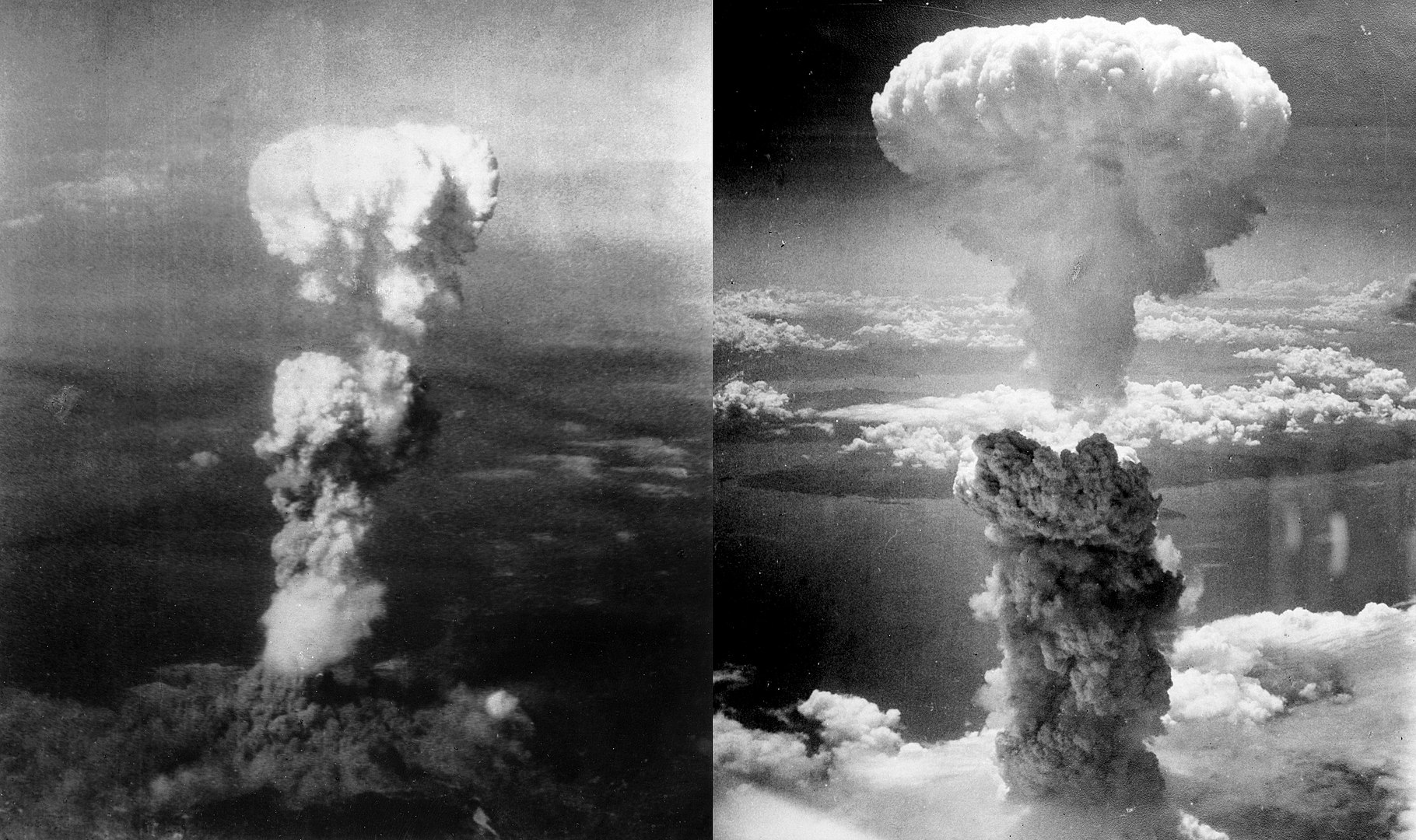President Harry S. Truman was unaware of the atomic bomb before it was dropped on Hiroshima. He only learned about the Manhattan Project, a secretive effort to develop the bomb, after becoming president. Within two weeks of taking office, Truman received a report from Secretary of War Henry L. Stimson, which warned that they would likely have completed the most powerful weapon in history within 4 months.
Background
When Harry Truman became president, he was informed about the Manhattan Project, a secret mission to develop an atomic bomb. After a successful test, Truman issued the Potsdam Declaration, demanding Japan’s unconditional surrender. With no response, on August 6th, 1945, an American bomber (the Enola Gay) dropped the “Little Boy” bomb over Hiroshima at 8:15 am local time. The devastation resulted in approximately 80,000 immediate deaths and countless more from radiation sickness.
Three days later, on August 9, 1945, another bomber headed for Nagasaki with the “Fat Man” atomic bomb. The aftermath caused 39,000 deaths and 25,000 injuries. The destruction of both cities forced Japan’s surrender, marking the end of World War 2.
Potsdam Declaration

Truman, Attlee, and Chinese Nationalist representatives released the Potsdam Declaration, urging Japan to surrender or face severe consequences. Although it pledged a peaceful transition of government, it didn’t explicitly mention the atomic bomb or guarantee the emperor’s status. Tokyo’s government, led by Prime Minister Suzuki Kantarō, rejected the ultimatum.
Events unfolded rapidly after that. On August 6, an American B-29 dropped an atomic bomb on Hiroshima, causing immense destruction and claiming around 70,000 lives instantly. Two days later, Soviet forces invaded Manchuria, further pressuring Japan.
Then, on August 9, the United States deployed another atomic bomb, this time on Nagasaki, resulting in approximately 40,000 immediate deaths. Facing mounting casualties and destruction, Japanese leaders, including Emperor Hirohito, eventually decided to surrender. The atomic bombings caused not only immediate deaths but also long-term health issues, including severe burns, radiation sickness, cancer, and birth defects.
In short. Truman only learned about the Manhattan Project, the top-secret initiative to develop the bomb, after becoming president. Within a couple of weeks of taking office, he received a report from Secretary of War Henry L. Stimson detailing the project’s progress and the potentially devastating power of the atomic bomb.
Avid Writer with invaluable knowledge of Humanity!
Upcoming historian with over 30 million views online.
“You make your own life.”





